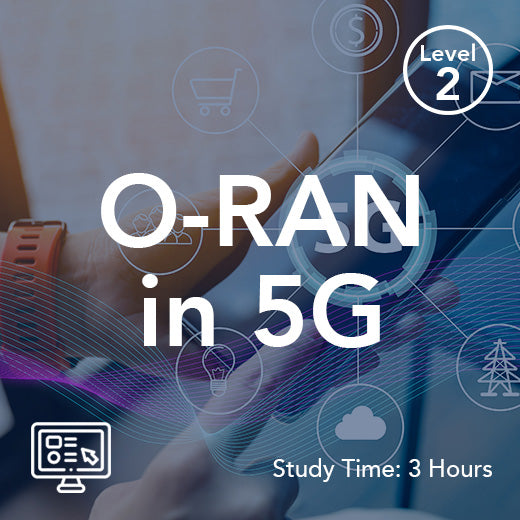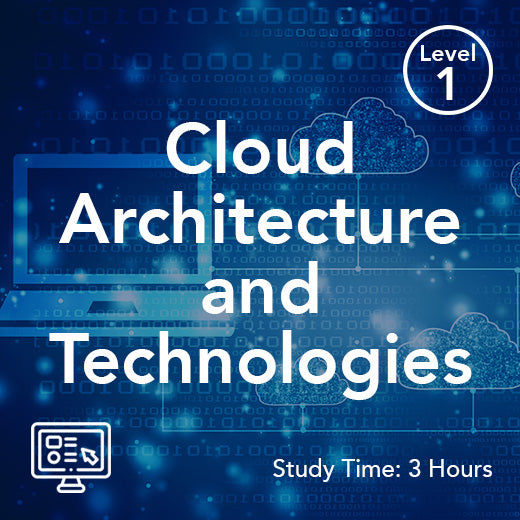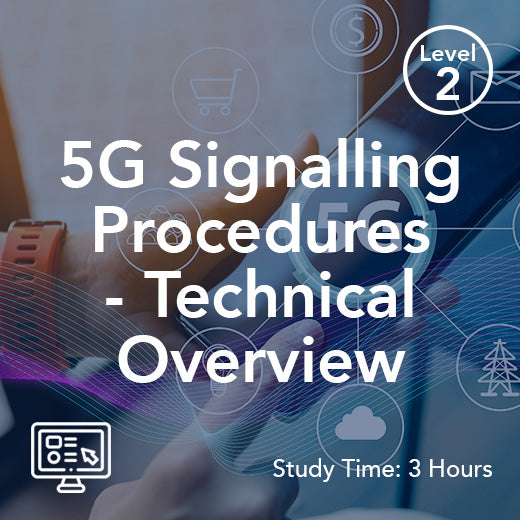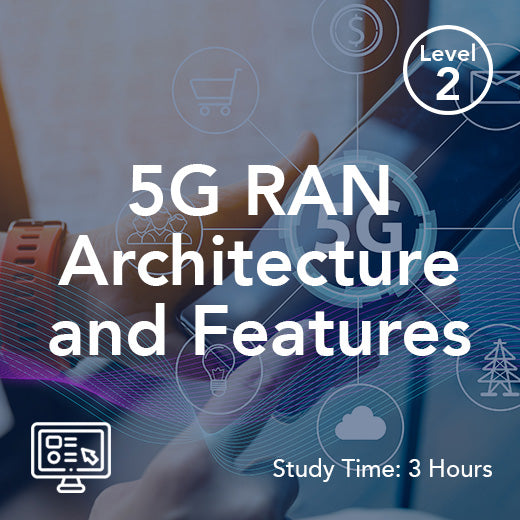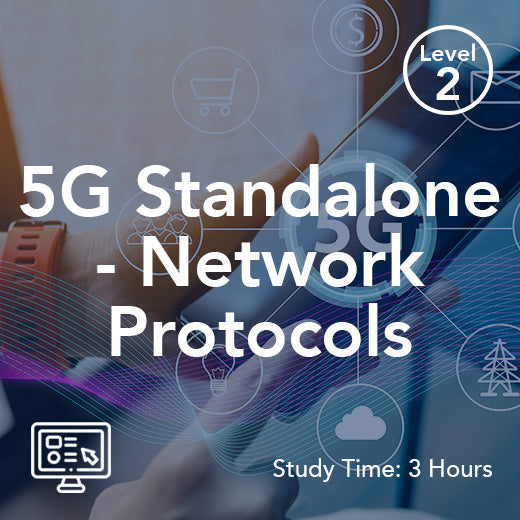Explain 3Gpp Release 17
- , by Stephanie Burrell
- 4 min reading time
3GPP Release 17 marks a pivotal step in the continuous evolution of mobile telecommunications, extending the foundational innovations of 5G as defined in earlier releases. Developed by the 3rd Generation Partnership Project (3GPP), this latest set of standards introduces a wide range of further enhancements designed to optimize network capabilities, integrate emerging technologies, and support increasingly sophisticated use cases across industries.
Release 17 is not just an incremental update—it is a strategic upgrade aimed at strengthening 5G’s position as a versatile platform for global digital transformation. It provides mobile network operators, equipment manufacturers, and service providers with the tools needed to deliver next-generation services while maintaining compatibility with existing deployments. The focus areas of Release 17 span from new radio and innovations and core network updates to interoperability with non-terrestrial networks, deeper integration with edge computing, and smarter device behavior management.
Enhancements to Radio Access and Core Network
One of the primary goals of 3GPP Release 17 is to enhance system performance across the entire 5G architecture. In the radio access network (RAN), improvements have been made to support more efficient spectrum use, extended device battery life, and better coverage in challenging environments. These further enhancements include support for new frequency bands, improved MIMO performance, advanced beam management, coverage enhancements and optimizations for power savings.
On the core network side, Release 17 introduces mechanisms to reduce signaling overhead and latency, particularly for ultra-reliable low-latency communications (URLLC), enhanced mobile broadband (eMBB), and massive machine-type communications (mMTC). These service types benefit from updated resource management, better data path optimizations, and real-time processing enabled by edge computing nodes, which bring computational resources closer to end users and connected devices.
Smarter Devices and Network Efficiency
Device behavior has also been addressed in Release 17, especially in relation to power consumption and signaling efficiency. A notable improvement is the introduction of techniques to minimize unnecessary device paging receptions, which previously contributed to rapid battery drain and inefficient resource use. By refining how devices are paged and woken for activity, the network can now deliver more energy-efficient connectivity, particularly for IoT and mMTC devices that operate intermittently and require long battery lifespans.
Additionally, Release 17 improves mobility management and network efficiency for connected devices in high-mobility scenarios such as high-speed trains or drones. This allows for more seamless transitions between network cells and better service continuity, which is critical for applications requiring uninterrupted real-time, data collection and transmission.
Integration with Non-Terrestrial Networks (NTNs)
A standout highlight of 3GPP Release 17 is the formal incorporation of non-terrestrial networks (NTNs), including satellite-based communications, into the broader 5G ecosystem. This integration supports connectivity in areas traditionally underserved by terrestrial infrastructure, such as oceans, remote regions, and disaster zones. NTNs bring new possibilities for extending 5G's reach and reliability, especially for emergency services, logistics, aviation, and maritime industries.
By defining standardized protocols for communication between terrestrial and satellite components, Release 17 ensures that 5G services can remain consistent and seamless even when switching between ground-based and space-based network elements. This also opens the door to hybrid network models that use both terrestrial and non-terrestrial networks to maximize performance and availability.
Boosting Security and Trust
With the growing use of 5G in critical infrastructure, industrial control systems satellite communications, and national services, security and privacy are non-negotiable. Release 17 strengthens the security framework by introducing advanced authentication methods, encrypted signaling paths, and protocols for safeguarding network slices and user data. These additions aim to mitigate risks from cyber threats, signal spoofing, and unauthorized access—ensuring that users can trust the integrity and confidentiality of their communications.
In particular, new features in Release 17 help prevent location tracking, protect IoT devices from spoofing, and enforce stricter network access policies on private networks. These security mechanisms are designed to scale with growing user bases and increasingly complex application environments.
Edge Computing and Future Use Cases
As latency-sensitive applications like autonomous vehicles, remote surgeries, and immersive augmented reality (AR) grow more mainstream, edge computing becomes vital. Release 17 introduces tighter integration between the 5G core network and edge computing platforms, allowing operators to deploy network functions and services closer to the user. This reduces latency, offloads traffic from centralized cores, and enhances the responsiveness of real-time applications.
With the enhanced support of Release 17 features, 5G networks can now better serve diverse verticals—smart manufacturing, connected healthcare, autonomous transportation, and beyond—by enabling localized decision-making and reduced time-to-action.
Conclusion
3GPP Release 17 is a comprehensive and forward-looking upgrade that cements 5G’s role as a flexible, high-performance foundation for future digital ecosystems. With further enhancements across the radio, core, and device layers, it not only boosts efficiency and user experience but also extends the scope of 5G through features like support for non-terrestrial networks and integration with edge computing.
By tackling technical challenges such as unnecessary device paging receptions, expanding global coverage via NTNs, and introducing advanced capabilities to enhance system performance, Release 17 equips stakeholders to unlock new business models, streamline operations, and deliver robust, secure, and intelligent services in a rapidly evolving telecom landscape.
As 5G matures, the innovations in Release 17 will play a central role in ensuring the network's adaptability, scalability, and relevance for years to come.















